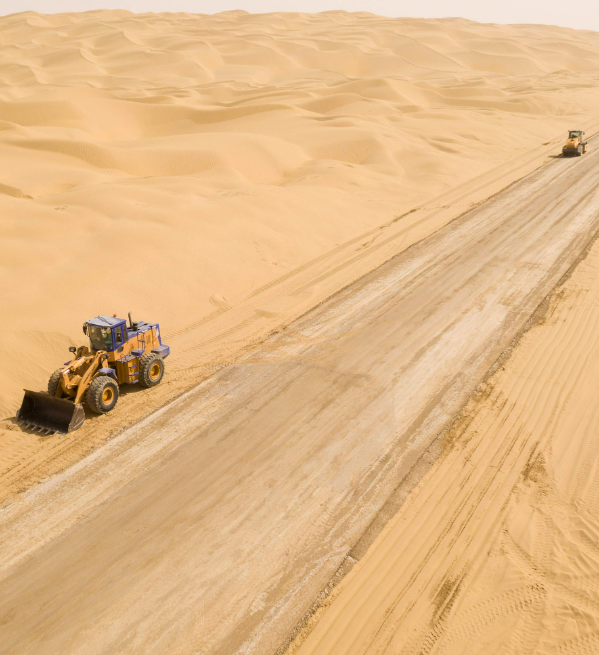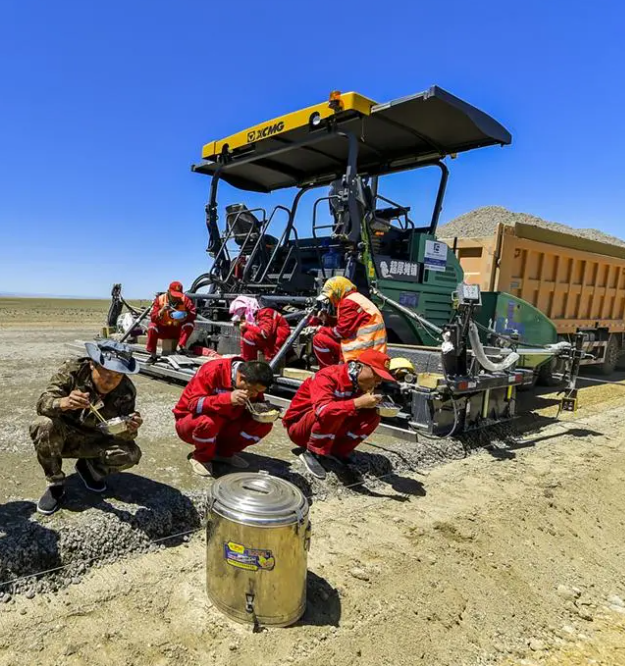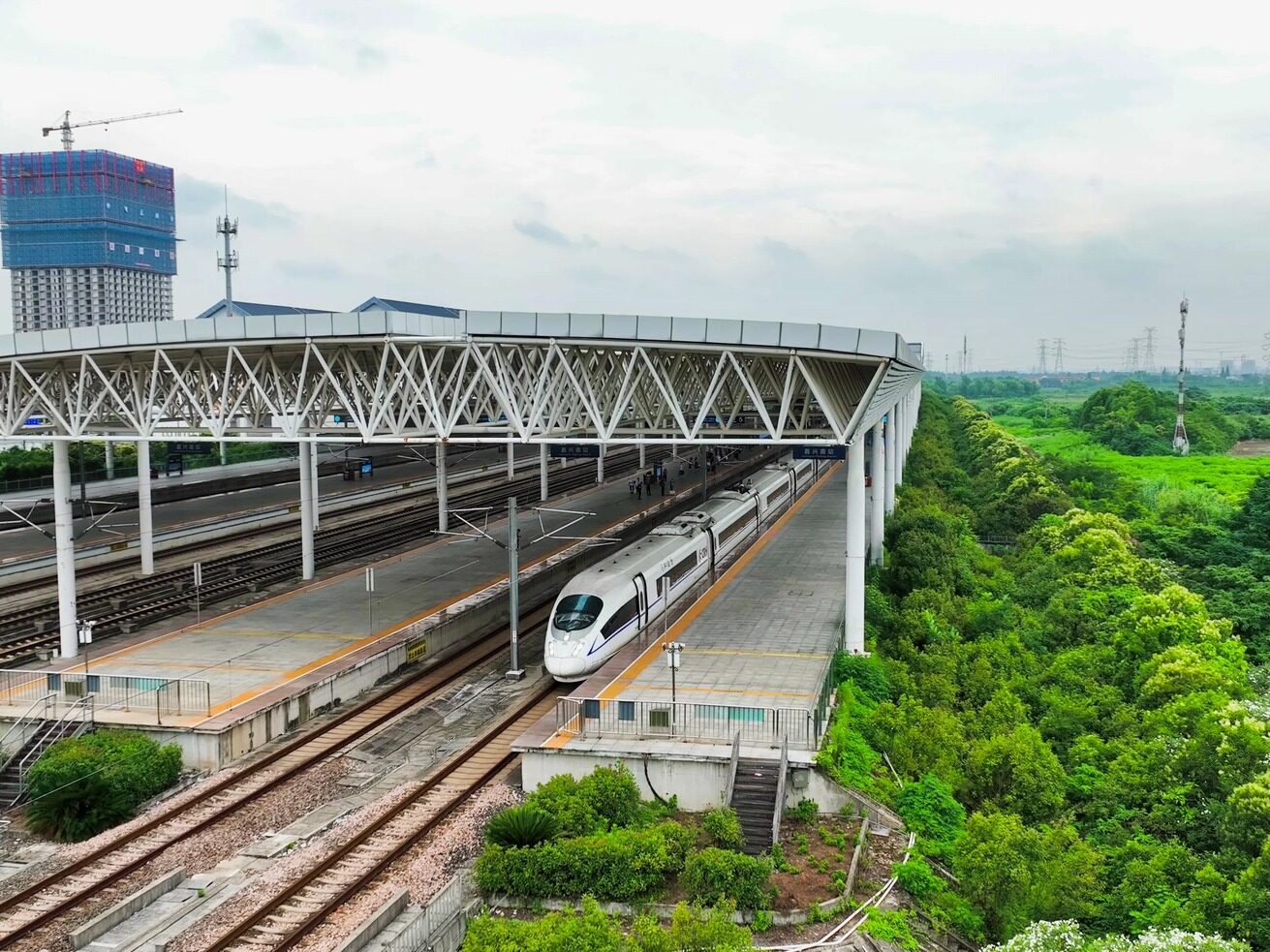- New breakthroughs have been made in Xinjiang's desert highways, with a mileage of 1,770 kilometers
- It is the wish of the people of all ethnic groups in Xinjiang to build a desert road through the Taklamakan

The largest desert in China is the Taklamakan Desert. Although there are cities on the edge, they are blocked by the vast sand sea, making it extremely inconvenient to communicate with each other, which seriously restricts the economic and social development of Xinjiang. With the completion of the construction of several engineering lines, the total mileage of desert highways in Xinjiang has reached 1,770 kilometers, and the highways in the sea of death have been connected into a network.
Desert roads are connected into a network
According to reports, the Xinjiang Desert Highway built in 1991 was included in the National Eighth Five-Year Key Science and Technology Project. There has never been a precedent for long-distance road construction in mobile deserts in the world before. What kind of road construction materials to choose, what kind of construction technology to use, and how to resist sand erosion are all in front of us. To this end, Chinese scientific and technological personnel have carried out 6,766 experiments successively, collected more than 480,000 observation data, and finally creatively explored a construction plan for a strong foundation and a thin surface: first roll out the shape of the roadbed in the desert, and then cover it with geotextiles and a thin layer of gravel. After compaction, the asphalt concrete surface is laid. Next to the roadbed, Li Jian, a manager of the desert road in the Tarim Oilfield, introduced.

In 1995, the first road from Luntai to Minfeng that crossed the Taklamakan Desert opened to traffic, which caused a sensation in the world. my country became the first country to build long-distance grade roads in the mobile desert. Since then, the miracle of desert road construction has been continuously written in Xinjiang: In 2001, the road from Well 4 in Qiemo Tazhong to Qiemo County’s G315 line was opened to traffic; in 2007, the desert road from Alar to Hotan was opened to traffic; The fourth highway in Xinjiang crossing the Taklimakan Desert in Qiemo County was completed and opened to traffic...

It is difficult to build roads in the desert, and it is even more difficult to maintain them. In the past 30 years, Chinese scientific and technological workers have mastered the law of wind and sand movement through observation, and used rolling reeds to plant grass squares beside desert roads, effectively preventing wind and sand from burying roads; they have bred excellent shrubs such as Tamarix, Shaguai, Haloxylon, etc. to prevent wind and sand ; Excavate machine wells, lay pipe networks, let 20 million psammophytes take root deeply, and firmly bind the salon with green corridors.
Today, these flat avenues running through the north and south of the desert have become the road to wealth and people's hearts. Relying on the desert road network, 32 large and medium-sized Tarim oil and gas fields in the sand sea have sprung up like mushrooms after rain. Li Jinjian, a major cotton grower in Yuli County, said with a smile on his face that it used to take several days to transport cotton from Qiemo County to Korla. After the Weiqie Desert Highway was opened to traffic, the distance has been shortened by 350 kilometers, and it only takes 6 hours for one trip! Editor/He Yuting
Comment
 Praise
Praise
 Collect
Collect
 Comment
Comment
 Search
Search














Write something~